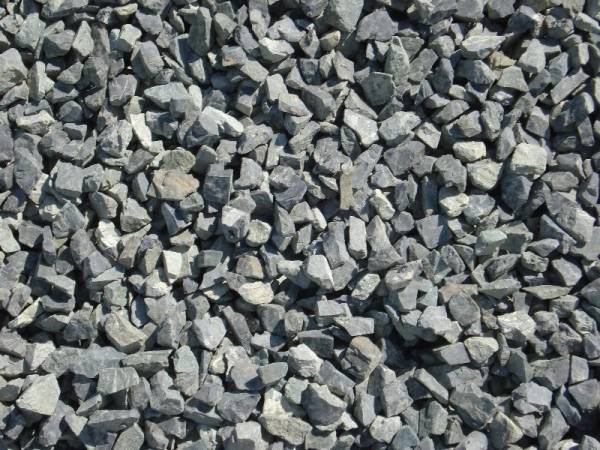In Nepal’s construction industry, aggregates form the backbone of reinforced concrete structures. Their size, quality, and cost significantly influence the strength, workability, and budget of projects. This blog explores the types of aggregates available in Nepal, categorized by size and application, along with their 2025 market prices for RCC building components like slabs, footings, beams, columns, and plastering.
Types of Aggregates by Size
Aggregates are broadly classified into coarse and fine based on particle size:
- Coarse Aggregates
- Size: >4.75 mm (commonly 10mm, 12mm, 20mm, 40mm, 75mm).
- Sources: Crushed granite, basalt, or river gravel.
- Applications: RCC structures (slabs, beams, columns), PCC foundations, road bases .
- Fine Aggregates
- Size: <4.75 mm (e.g., river sand, crushed stone sand).
- Applications: Plastering, mortar, and concrete mixes requiring smooth finishes .
Aggregate Sizes and Applications in RCC Construction
1. Slabs
- Recommended Size: 10mm–20mm coarse aggregates.
- Why: Smaller sizes enhance workability and compaction, reducing voids in thin slab sections. Angular aggregates improve bonding with cement .
- Cost:
- 20mm aggregate: Rs. 3,710–4,240/cu.m (varies by source, e.g., Kaldhunga vs. Bhakunde) .
2. Footings
- Recommended Size: 20mm–40mm for PCC (Plain Cement Concrete) or 10mm–20mm for RCC.
- Why: Larger aggregates (40mm) reduce cement usage in mass concrete, while smaller sizes (20mm) suit reinforced footings for better steel bonding .
- Cost:
- 40mm aggregate: Rs. 3,180/cu.m (Melamchi) .
3. Beams & Columns
- Recommended Size: 12mm–20mm.
- Why: Balances strength and workability in congested reinforcement zones. Angular crushed stone ensures optimal interlocking .
- Cost:
- 20mm aggregate: Rs. 3,710–4,240/cu.m .
4. Plastering
- Recommended Type: Fine aggregates (river sand or crushed sand).
- Why: River sand’s smooth texture ensures even plaster finishes, while crushed sand (angular particles) improves bonding but requires more water .
- Cost:
- River sand: Rs. 3,750/cu.m .
- Crushed sand: Rs. 9,500/tipper .
Price Breakdown of Aggregates in Nepal (2025)
| Aggregate Type | Size | Price (NPR) | Key Suppliers |
|---|---|---|---|
| Coarse (Crushed Stone) | 20mm | Rs. 3,710–4,240/cu.m | Kaldhunga, Roshi, Dhading |
| Coarse (Crushed Stone) | 40mm | Rs. 3,180–4,180/cu.m | Melamchi, Bhakunde |
| River Sand (Fine) | <4.75mm | Rs. 3,750/cu.m | Local riverbeds |
| Crushed Stone Sand (Fine) | <4.75mm | Rs. 9,500/tipper | Industrial crushers |
| Gravel (Pit Sand) | Variable | Rs. 25,000/tipper | Quarries |
Note: Prices vary by region, transportation, and seasonal demand. Tipper loads typically range from 6–10 cu.m.
Factors Influencing Aggregate Selection
- Structural Requirements:
- Smaller aggregates (10mm–20mm) for reinforced sections (slabs/columns) to avoid honeycombing .
- Larger aggregates (40mm–75mm) for mass concreting (dams, roads) to reduce cement costs .
- Workability:
- Angular aggregates improve bonding but require more cement paste. Rounded aggregates ease pouring but reduce strength .
- Local Availability:
- River sand is preferred for plastering but is increasingly replaced by crushed sand due to environmental regulations .
Cost-Saving Tips
- Use PPC cement (Rs. 810–875/bag) with pozzolanic additives for durability in humid climates .
- Source aggregates locally (e.g., Melamchi for cost-effective 40mm stone) to minimize transportation expenses .
Conclusion
Choosing the right aggregate size and type is critical for balancing cost, strength, and workability in Nepal’s RCC construction. While 20mm crushed stone dominates slabs and columns, 40mm aggregates offer economy for foundations. River sand remains ideal for plastering, though sustainable alternatives like crushed sand are gaining traction. Always consult local suppliers and engineers to optimize your project’s material selection and budget.
For personalized estimates, use tools like the Construction Cost Calculator or contact suppliers like AS Designs.


